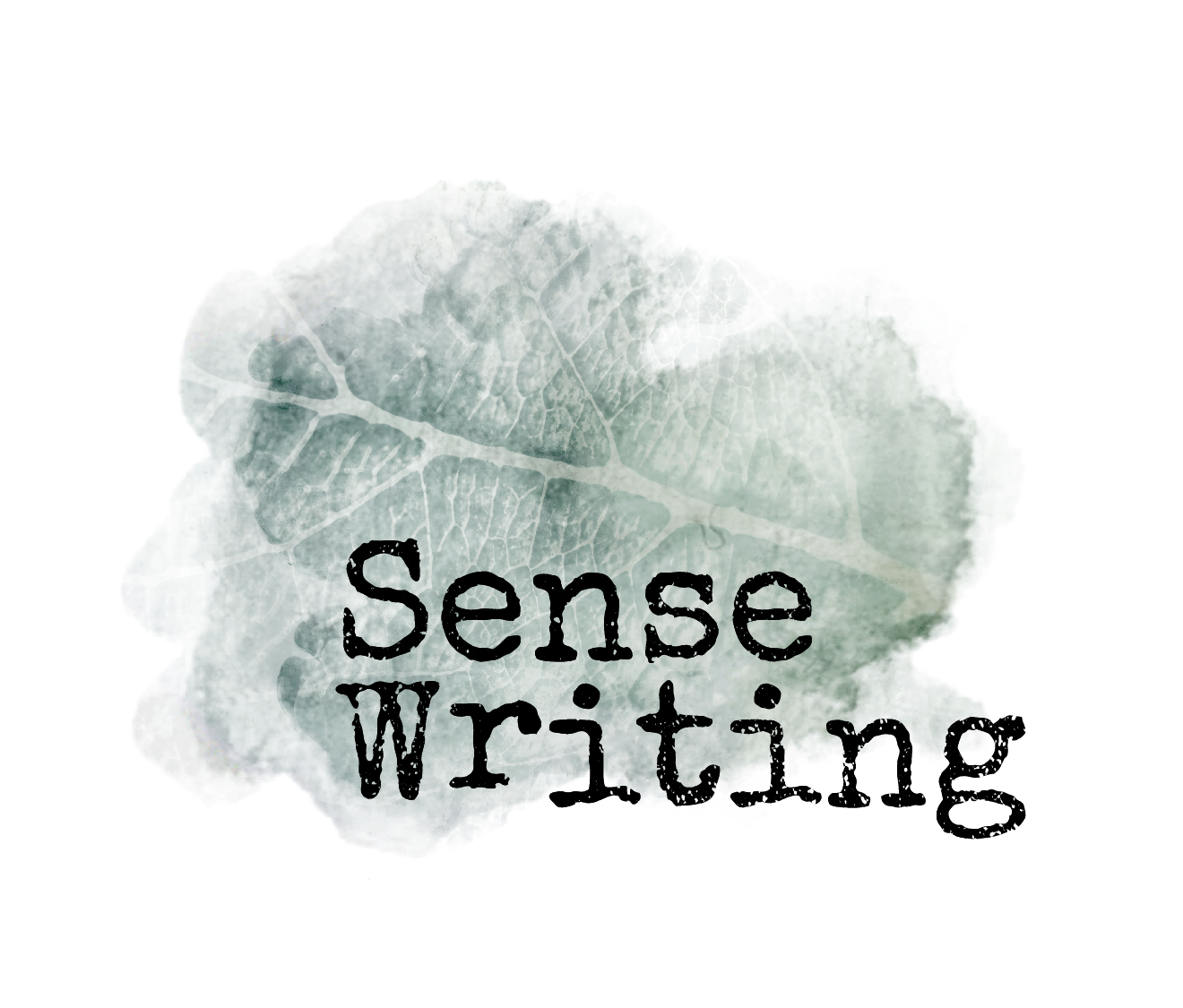Welcome to the Potent Summer Series #2
In this blog series, we’re exploring how our capacity to be with our discomfort, heartbreak and pain, helps us access a more potent writing practice through our sensation, memory and imagination.
In the welcome email, I spoke a little about how the potency that drives our creative practice gets stifled by all kinds of noise, both external and internal. We also talked about the static noise that is created when we try to distance from the intensity inside ourselves.
And how this effort to insulate ourselves from discomfort and heartache also keeps us from the potency and richness of what we’re trying to express as writers. It creates a kind of “static of separation”, alienating ourselves from… ourselves.
Tired of Being Tired
In my own life and creative practice, creating separation from the discomfort or pain might have been an initial strategy that worked to protect myself in the moment.
But maintaining the separation often consumes more energy than the thing itself.
In a recent conversation with my Feldenkrais teacher, our conversation about physical pain wandered (as it usually does) to other kinds of pain, and he asked: “How much is the energy consumption from the painful event, and how much is from maintaining separation from the pain?”
It got me thinking about Sense Writing and how we often separate ourselves from the most powerful things we really want to write about.
Seeing our pain as something separate from ourselves—to fix, to heal, to manage, to explain, to expel— is so energy-consuming. We fixate on a painful event or “the one story” as something outside of us, and trying to maintain that manufactured distance creates more stress and anxiety.
So when we sit down and write, we feel like we have either too much to say or nothing at all. The more we try to write, the further away our story gets.
The anxiety and stress from the effort to keep ourselves separated from parts of ourselves might prevent us from starting, or finishing, anything. Because at least then, we never have to get really into it.
It’s like when we’re tired and we lie down for a nap and can’t fall asleep. We may not allow ourselves to fully let go into our tiredness. We can’t settle into it. This creates more tiredness, anxiety, stress.
Stuck in Overdrive
In a way, this makes sense.
More than other forms of expression, writing relies on cognitive processes of thought and language. Other arts can bypass certain traps of over-thinking— think of the instincts that it takes to feel the shape of objects as you draw or sculpt or the physicality of learning a piece of choreography — but writing feels like a brain activity, and sometimes it gets stuck in overdrive.
So, we writers are particularly susceptible to that kind of static noise getting in the way.
The kind of static that can feel numbing and even comforting. Because the truth is, it’s scary to meet ourselves where we are– we just might not want to.
In the next blog, we’ll look at how we can get better at meeting ourselves where we are, between or beyond the static, even if we don’t really want to.
And explore how we access the more painful parts of ourselves in a way that is not only sustainable, but actually awakens our passion - despite the static.



